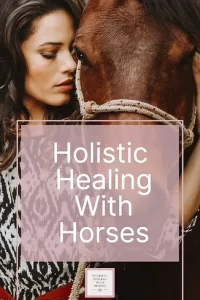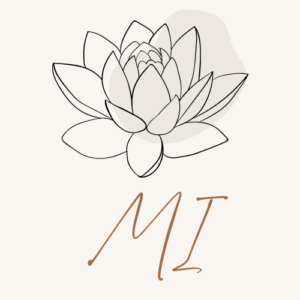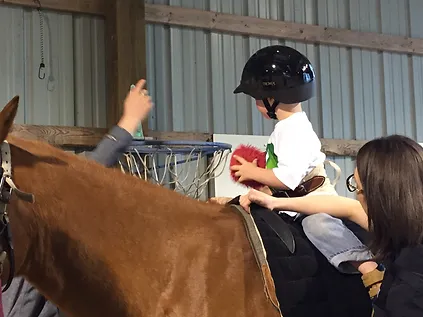
Learn about 5 creative and effective hippotherapy activities that improve balance, posture, and gait for individuals of all ages. Elevate your knowledge on how to incorporate horses into your therapy sessions.
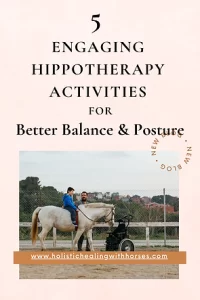
There is growing awareness of the benefits using horses in a therapeutic setting can have on many individuals.
Hippotherapy refers to how occupational therapy, physical therapy, and speech-language pathology professionals use evidence-based practice and clinical reasoning in the purposeful manipulation of the horse’s movement to engage sensory, neuromotor, and cognitive systems to achieve functional outcomes.
In conjunction with the affordances of the horse’s environment and other treatment strategies, hippotherapy is part of a client’s integrated plan of care.
Growing research supports the use of hippotherapy to help individuals improve their balance, posture, and gait in a therapeutic setting. If you would like to learn more about the available research, check out the Research Page on Holistic Healing with Horses.
Hippotherapy is beneficial for clients of all ages who are participating in occupational therapy, physical therapy, or speech language pathology services and whose therapist has recommended hippotherapy to be added to their integrated treatment plan.
For the remainder of this post, I will refer to the client as the individual participating in hippotherapy, and this can be a child, adult, or older adult.
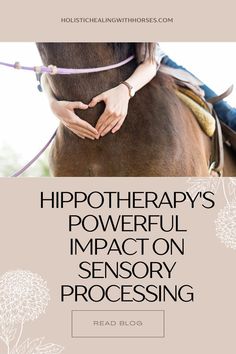
HOW HIPPOTHERAPY IMPROVES POSTURE AND GAIT
Balance and posture are the ability to maintain your center of gravity, usually in an upright position over a base of support. Gait is how we move through our environment or our ability to walk.
Balance, posture, and gait involve a complex interaction between many systems, including the musculoskeletal, vestibular, proprioception, and visual system, as well as motor modulation from the cerebellum, basal ganglia, and cerebral cortex.
Balance, posture, and gait play an important role in our safety and participation in daily activities. Individuals who experience a disability, illness, or injury that negatively impacts these may have challenges participating in activities that they need to do or that are meaningful to them.
When a client rides a horse during a hippotherapy treatment session, balance, posture, and gait are all challenged and strengthened.
When they are on a horse, and the horse is walking, the client’s hips and pelvis move the same way as if they were walking. This can be extremely impactful for an individual learning or relearning how to walk.
The rhythmic movement of the horse’s gait is 4-beat: 1, 2, 3, 4, 1, 2, 3, 4. The horse will take several thousand steps in a 45–60-minute hippotherapy treatment session. The client’s balance, posture, and gait are challenged with every step.
This means they are getting several thousand repetitions of an activity during 1 treatment session.
This is unheard of in any other clinical setting, which makes the movement of the horse such a powerful treatment tool for therapists to use in treatment when working with their clients.
This is also happening if we are assuming the horse is walking at a consistent pace around the arena for the whole session. Rarely is this the case. Typically, there is so much more happening during these treatment sessions.
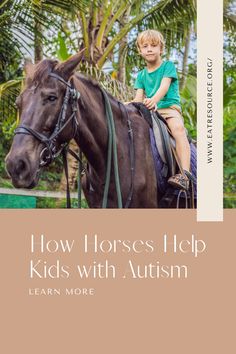
The therapist uses their clinical reasoning to direct the movement of the horse. If the horse starts and stops several times in a row, increases or decreases the speed, or moves in circles or patterns, this adds additional challenges to the client’s balance, posture, and gait during the session.
The therapist can also have the client participate in activities to add further challenges to the treatment session and create additional opportunities to strengthen their balance, posture, and gait.
5 HIPPOTHERAPY ACTIVITIES TO IMPROVE BALANCE, POSTURE, AND GAIT
HIPPOTHERAPY ACTIVITIES #1: AROUND THE WORLD
Around the world is a great activity that can be used in a hippotherapy session to strengthen a client’s balance, posture, and gait. Around the world is typically completed while the horse is stopped.
The client takes their feet out of the stirrups and completes a 360 turn while in the saddle. They first swing one leg over the neck of the horse so they are sitting sideways, then they swing one leg over the back of the horse so that they are facing backward, then the swing the other leg over the horse’s back so that they are sitting sideways to the other side, and finally they swing one leg over the neck of the horse so that they are facing forward in the same position they started the activity in.
This activity challenges the legs, core, and trunk muscles, strengthening their balance, posture, and gait. If the client has mastered this activity while the horse is at a halt, the therapist can have them complete the activity while the horse is walking for an additional challenge.
HIPPOTHERAPY ACTIVITIES #2: TALL KNEEL
Tall Kneel is when the client kneels on the back of the horse while the horse is either at a halt or walking.
This strengthens the client’s balance, posture, and gait. In most cases, the individual will require support from the sidewalkers to complete this activity.
HIPPOTHERAPY ACTIVITIES #3: RAINSTICK AND RINGS
This activity involves a long rainstick or pole and rings that can go on the rainstick or pole. The therapist holds the rainstick, and the client participating in the hippotherapy session holds the rings.
The therapist walks next to the horse, and the client has to put the rings on the rainstick, challenging their balance, posture, and gait.
The therapist can grade this activity to make it easier by having the rainstick close to the client so they can more easily put the rings on.
The therapist can grade this activity to increase the difficulty by having the rainstick further away from the client or behind them so they have to reach and turn, further challenging their balance, posture, and gait.
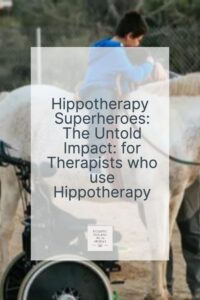
HIPPOTHERAPY ACTIVITIES 4: BASKETBALL AND CATCH
Throwing a ball back and forth with the therapist or having them shoot balls into a basketball hoop during a hippotherapy treatment session can strengthen the client’s balance, posture, and gait. It allows them to reach out of their center of gravity as well as attend to a game instead of focusing on their balance.
Balance and posture should be automatic, and we need to be able to maintain our posture and balance while participating in other activities. Playing catch or basketball is a great way to strengthen these skills.
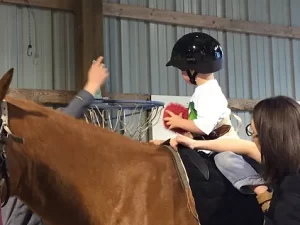
HIPPOTHERAPY ACTIVITIES #5: RED LIGHT GREEN LIGHT
As mentioned before, the movement of the horse the client, receives while they are walking during a hippotherapy treatment session challenges the client’s balance, posture, and gait.
Adding starts and stops to this further challenges their balance and postural control. Playing red light, green light is a fun way to do this during a hippotherapy treatment session.
As the general public becomes more aware of the benefits hippotherapy can have on many, it is important to offer supportive education to the public and therapists who use it as a strategy in their treatments with their clients.
Holistic Healing with Horsess
Holistic Healing with Horses is an online educational resource that offers general knowledge and information about using horses in treatment.
It also offers therapists a community of support for their work as well as additional educational tools through the Holistic Healing with Horses Membership.
Members will have unlimited access to activity analysis with detailed treatment instructions for over 50 treatment activities, including the 5 activities discussed here. The activities are organized based on client goals.
As a member, you will also get to create your own business profile to promote your work or facility.
You will also get access to the forum, a place for networking and therapists to collaborate and support each other on topics related to treatment, research, as well as other topics of interest.
